Dabong is an inland Malaysian town surrounded by an abundance of natural wonders. Also known as Kuala Krai Selatan, this small town has become a popular tourist destination. We were surprised at the number of people that got off the train with us at Dabong, but after spending time in the area we can see why it is such a popular stop on the Jungle Railway. It is a great place to get back to nature. In particular the area is home to one of the tallest waterfalls on Peninsular Malaysia as well as an expansive state park, a cave complex and river areas. Find out more in this Dabong destination guide.
What is Dabong Malaysia known for?
Dabong is a must-see destination for tourists who want to immerse themselves in Malaysia’s natural beauty. You can venture into the Gua Ikan Caves and marvel at their stunning rock formations and streams. Don’t miss the chance to see the God Light, a breathtaking phenomenon where sunlight filters down from a gap in the rock. You can also enjoy the Jelawang Waterfall, one of the tallest waterfalls in Peninsular Malaysia with a height of over 300 meters. For more adventure, head to Gunung Stong State Park, a pristine forest reserve that covers 21,950 hectares. It is home to Gunung Stong, one of the highest mountains in Malaysia at 1,422 meters above sea level.
Why you should visit Dabong Malaysia

Dabong is one of the most beautiful inland areas on Peninsular Malaysia. In recent years it has become a popular destination with Malaysian tourists keen to explore more of their home country. The town itself is small, being home to only around 2000 people. However the area is home to spectacular nature such as Jelawang Waterfall, Stong State Park as well as Gua Ikan Caves. This is a great area for camping or staying at eco resorts. There are also water parks, water tubing areas as well as other water based activities. The town is also on the Jungle Railway, which makes it a great stopover point when travelling through the area.
Dabong Destination Guide: Know before you go
Basic info about Dabong Malaysia
- City name in other scripts – دابوڠ (Jawi), 達蓬 (Chinese)
- Language – Malay. Kelantan Malay is a dialect of Malay spoken in Dabong. There are 10 dialects of Malay used throughout thought the country, with Standard Malay being the unifying language. English is becoming more widely spoken in the country. However not everyone you meet will be able to speak English. Mandarin Chinese, Malaysian Chinese, Tamil, other Indian languages as well as Creole are spoken by the various ethnic groups that live in Malaysia.
- Currency – Malaysian ringgit (MYR). This has been the official currency of Malaysia since 1967. Currency exchanges are in most cities and ATMs are available widely throughout the country.
- Population – 13,796 (2015)
- Area – 825 km2 (319 sq mi)
- District – Kuala Krai
- State – Kelantan
- Emergency number – 999
- Police number – 999
Utilities in Dabong Malaysia
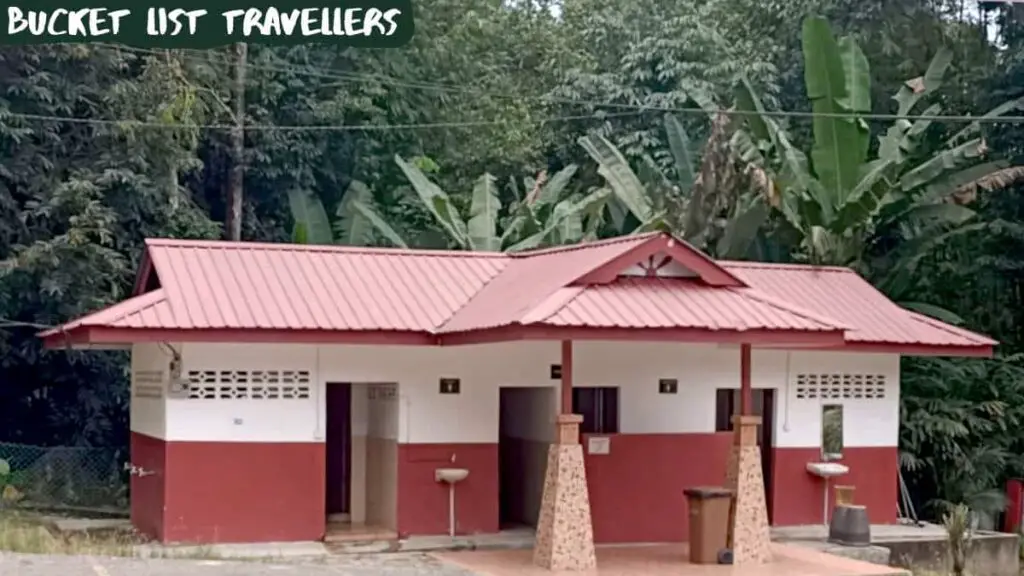
- Electricity – Malaysia uses Type G power plugs. The country operates on a 240v supply voltage at 50Hz. Power outages are reasonably common in Malaysia.
- Water – the tap water in Malaysia is not generally safe to drink. Tap water is usually treated, but pipes may be old. Most locals boil their water or use a water filter just to be safe. We recommend bringing a water purifier such as a Sawyer Mini Water Filter on your trip.
- Toilets – sit-down flushing toilets as well as Asian style squat toilets are common in Malaysia. Toilets generally come equipped with a spray hose (sometimes referred to as a Muslim shower). The spray hose is like a European bidet and is used for cleaning personal areas as an alternative to toilet paper. All of the accommodation we stayed in throughout the country had western style sit-down flushing toilets with spray hoses. Toilet paper is also usually provided. Don’t flush your toilet paper – use the bins provided. The use of bathroom slippers is customary and is provided in accommodation and sometimes also in public bathrooms. Public bathrooms often offer both sit-down and squat style toilets. Public toilets are common in Malaysia. The charge is usually around 30-50 sens.
- Telephone country code: +60
Where is Dabong Malaysia?
Dabong is in the Kuala Krai district in the middle of the state of Kelantan Malaysia. It is located inland near Gunung Stong National Park. The Galas River (Sungai Galas) runs through Dabong. Dabong is also on Malaysia’s Jungle Railway (also known as KTM Intercity Eastern Sector). The town is at the northern end of Peninsular Malaysia, one hour drive from the border with Thailand.
The closest towns to Dabong are Kuala Krai and Gua Musang. Dabong is 1.25 hours by car from Kuala Krai and 1.5 hours by car from Gua Musang.
How to get to Dabong Malaysia
Dabong destination guide: Arriving by land
Dabong Malaysia intercity land transport
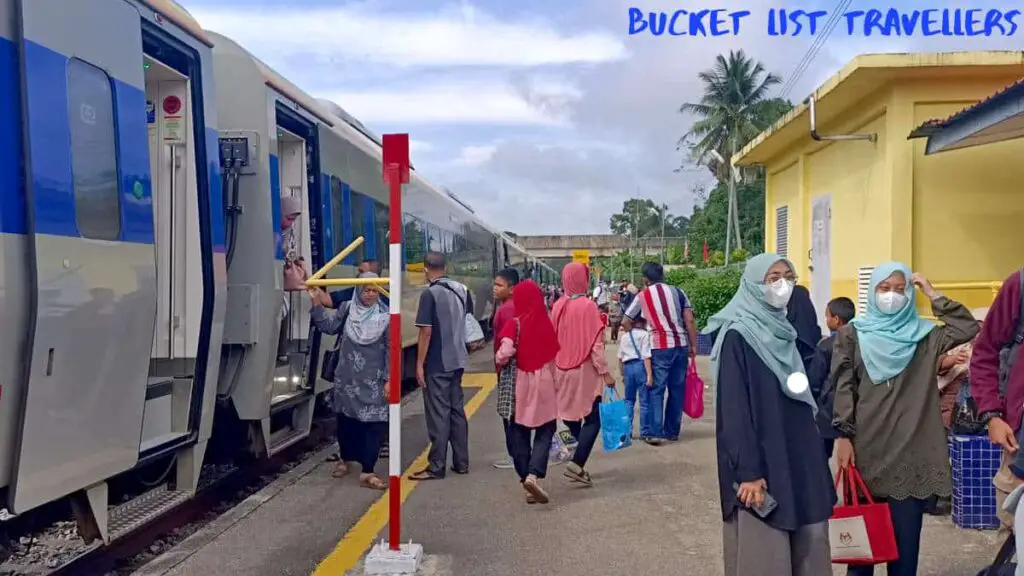
The main transport options for travelling overland to Dabong Malaysia are:
- Private vehicle
- Private transport operator
- Train
- Bus
- Bike
Driving to Dabong from within Malaysia

If you are driving to Dabong from within Malaysia, here are the travel times and distances:
- Gua Musang, Kelantan – 1 hour 2 minutes (69km, 43miles) without tolls
- Kuala Krai, Kelantan – 1 hour 19 minutes (81km, 50miles) without tolls
- Kota Bharu, Kelatan – 2 hours 56 minutes (166km, 103miles) without tolls
- Kuala Terengganu, Terengganu – 4 hours 4 minutes (246km, 153miles) without tolls
- Kuantan, Pahang – 5 hours 37 minutes (403km, 250miles) with tolls or 6 hours 8 minutes (375km, 233miles) without tolls
- George Town, Penang – 5 hours 47 minutes (304km, 189miles) with tolls or 6 hours 1 minute (310km, 193miles) without tolls
- Kuala Lumpur – 5 hours (324km, 201miles) with tolls or 5 hours 44 minutes (330km, 205miles) without tolls
- Malacca, Malacca – 7 hours 2 minutes (467km, 290miles) with tolls or 7 hours 32 minutes (467km, 290miles) without tolls
- Johor Bahru, Johor – 8 hours 31 minutes (647km, 402miles) with tolls or 10 hours 8 minutes (666km, 414miles) without tolls
Intercity trains to Dabong Malaysia
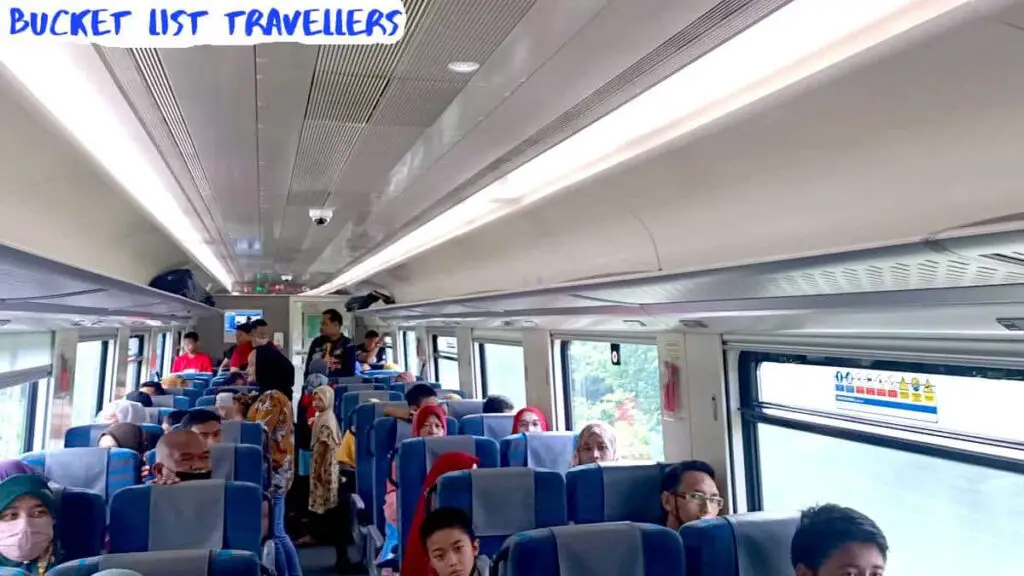
Dabong is a station on the Malaysian Jungle Railway. This line runs from Tumpat (near Kota Bharu) to Gemas.
Intercity buses to Dabong Malaysia
A common way to get around Malaysia is by using intercity buses. These are budget friendly and the network is extensive. Intercity bus companies in Malaysia include KKKL Express as well as S&S International. The intercity bus company Ekspres Perdana launched daily buses from Kuala Lumpur to Dabong in 2021. This bus journey took 5 hours. However we were not able to find any current information on this bus route on their website.
Dabong destination guide: Arriving by air
The closest airport to Dabong is Sultan Ismail Petra Airport (Airport code KBR). This airport is 152km (94 miles) away.
Other nearby airports include:
- Narathiwat Airport, Thailand (Airport code NAW). This airport is 173km (107 miles) away.
- Sultan Mahmud Airport (Airport code TGG). This airport is 241km (150 miles) away.
- Sultan Abdul Halim Airport (Airport code AOR). This airport is 335km (208 miles) away.
The national airline of Malaysia is Malaysia Airlines.
Dabong destination guide: Arriving by boat
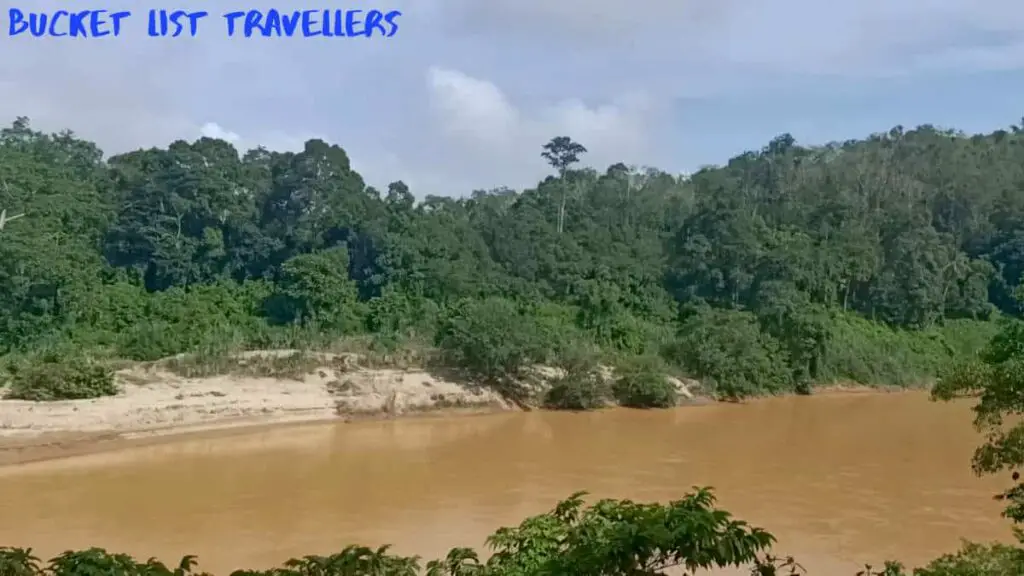
There are river cruises between Kuala Krai and Dabong. The journey takes 2 hours. The boat from Kuala Krai to Dabong leaves at 10am and the boat from Dabong to Kuala Krai leaves at 3:15pm. Please note that there are no boats on Fridays.
Dabong destination guide: How to get around Dabong Malaysia
Walking in Dabong Malaysia
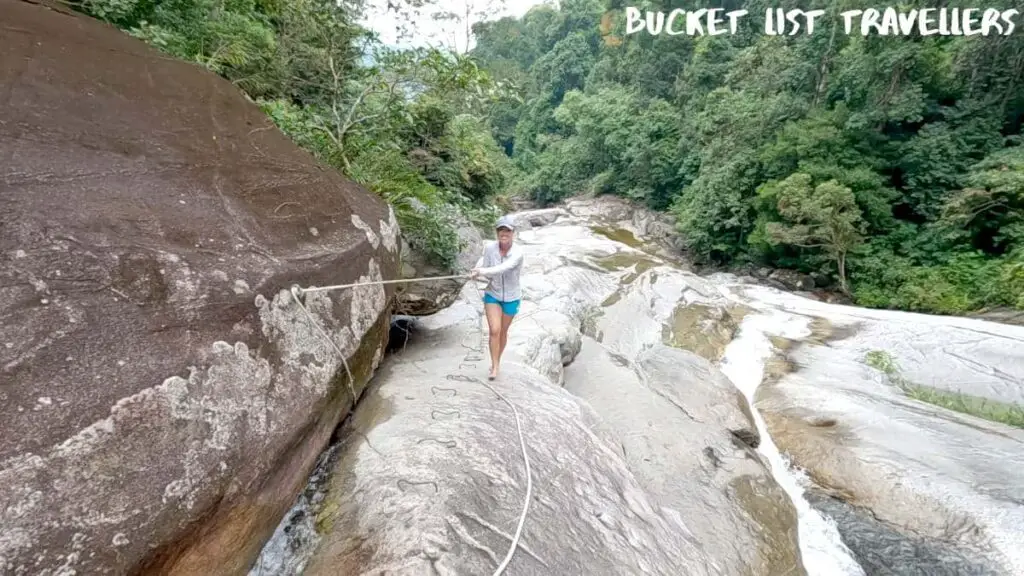
By far the easiest and cheapest way to get around Dabong is to walk. The town itself is easily walkable. However you will need transport to get to the main attractions outside of town.
Local buses in Dabong Malaysia
There are no local buses in Dabong.
Trams in Dabong Malaysia
Dabong does not have a tram system.
Local trains in Dabong Malaysia
Dabong does not have a local train line.
Metro trains (subway or underground) in Dabong Malaysia
Dabong does not have an underground train line.
Vehicle hire in Dabong Malaysia
A wide variety of vehicles can be rented in Malaysia. This includes:
- Electric scooters
- Bicycles
- Motorcycles
- Cars
- SUVs
- Boats
In Malaysia they drive on the left side of the road.
Taxis in Dabong Malaysia
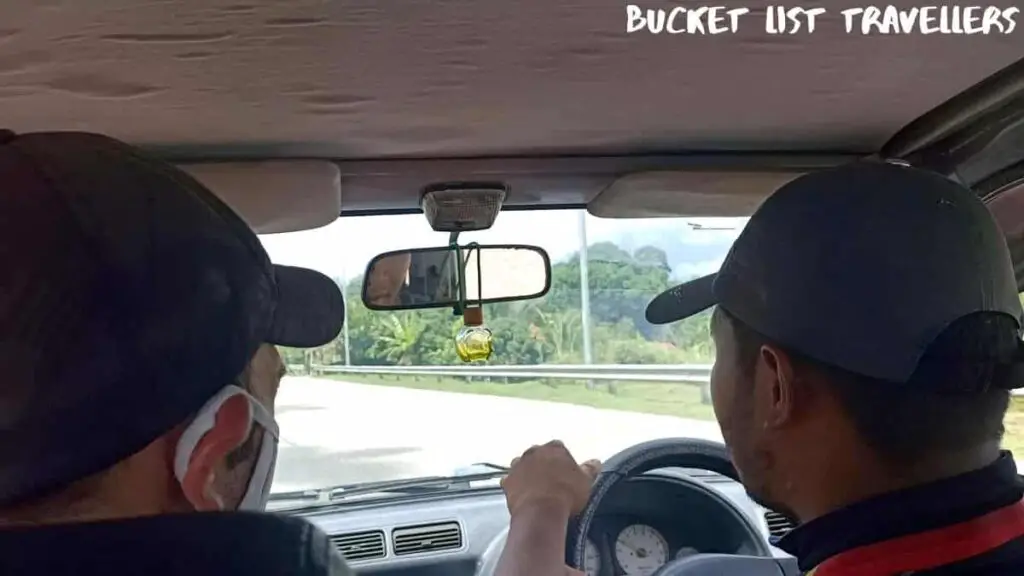
As Dabong is a small town, taxis are not commonly available in the area. However you may be able to pay a local to drive you around.
Taxis are common more broadly in Malaysia. Fares are regulated and are usually metered. However taxi drivers in Malaysia do not have the best reputation, which is why alternative services like Grab are very popular.
In general your fare will include the following costs:
- The pickup fee or minimum fee – this is charged as soon as you get into the vehicle.
- Airport surcharge – this is an additional fixed fee for travelling to an airport.
- Price per kilometre – the rate is double between midnight and 6am.
- Price per hour – this is a price that gets charged when the taxi is stuck in heavy traffic.
- Surcharge for more than 2 adult passengers – this is an additional fixed fee.
- Surcharge for using the luggage compartment – this is an additional fixed fee.
- Surcharge for booking by phone – this is an additional fixed fee.
- Road toll charges
Check that the meter gets switched on at the start of your journey at the right rate. We also recommend bringing enough change in cash as drivers generally only accept cash and may not have change.
Alternatively, if booking in advance the fare may be a fixed price that is agreed on before the trip. Some taxis also operate on a pre-paid coupon system where the coupon is purchased from a counter at the airport.
It is not necessary or expected to tip taxi drivers in Malaysia.
Ride-share services in Dabong Malaysia
Dabong is a small town, so the major ride-share services do not operate here. However you may be able to pay a local to drive you around.
Grab is the main app based ride-hailing service in Malaysia. Other ride-share services in Malaysia include MyCar, MULA, DACSEE, EzCar, inDriver as well as the women only service Riding Pink. Uber no longers operates in Malaysia after Grab acquired all of its Southeast Asia assets. Lyft services only Kuala Lumpur in Malaysia via its Grab partnership.
Dabong destination guide: Is Dabong Malaysia worth visiting?
Dabong was one of our unexpected surprises of Malaysia. It is definitely worth visiting. The natural surroundings of this area are breathtaking. From the underground wonders of Gua Ikan Caves to the sheer majesty of Jelawang Waterfall, there is so much beauty to discover. It’s no wonder tourists flock to this area.
Dabong destination guide: How long to spend in Dabong Malaysia
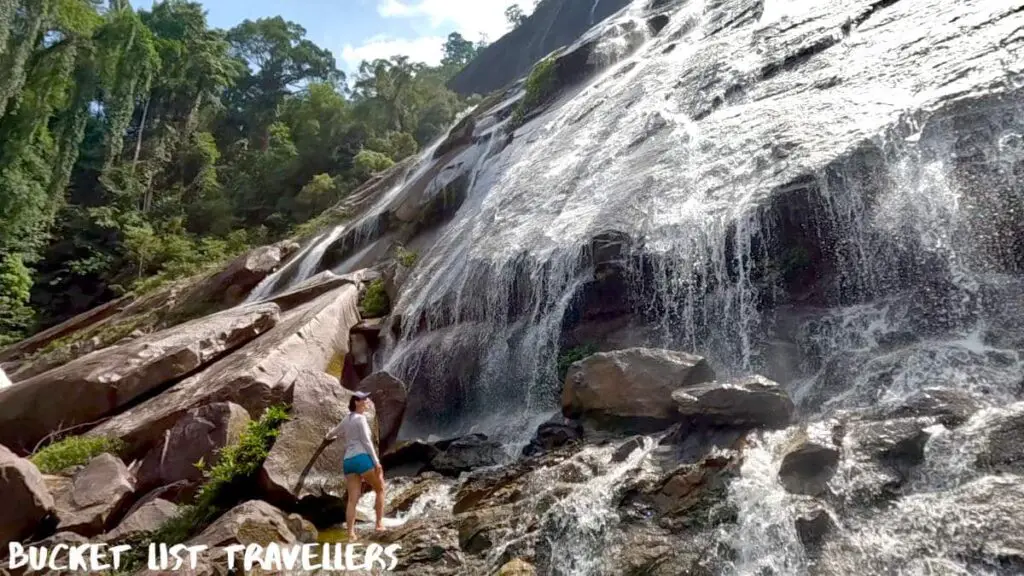
Dabong is a small town which is primarily popular due to the natural attractions in the vicinity. Located inland on Peninsular Malaysia, it is a great stopover on Malaysia’s Jungle Railway. It is a great place for a day trip. However if you have more time to spare, we highly recommend spending a few days here camping, going on hikes and getting back to nature. We spent 1 night in Dabong and particularly enjoyed visiting the Gua Ikan Cave complex as well as the Jelawang Waterfall.
Dabong destination guide: What to do in Dabong Malaysia
Dabong is a small Malaysian town which is surrounded by a lot of natural beauty. It has a range of great free activities as well as paid activities.
Dabong destination guide: Free things to do in Dabong Malaysia
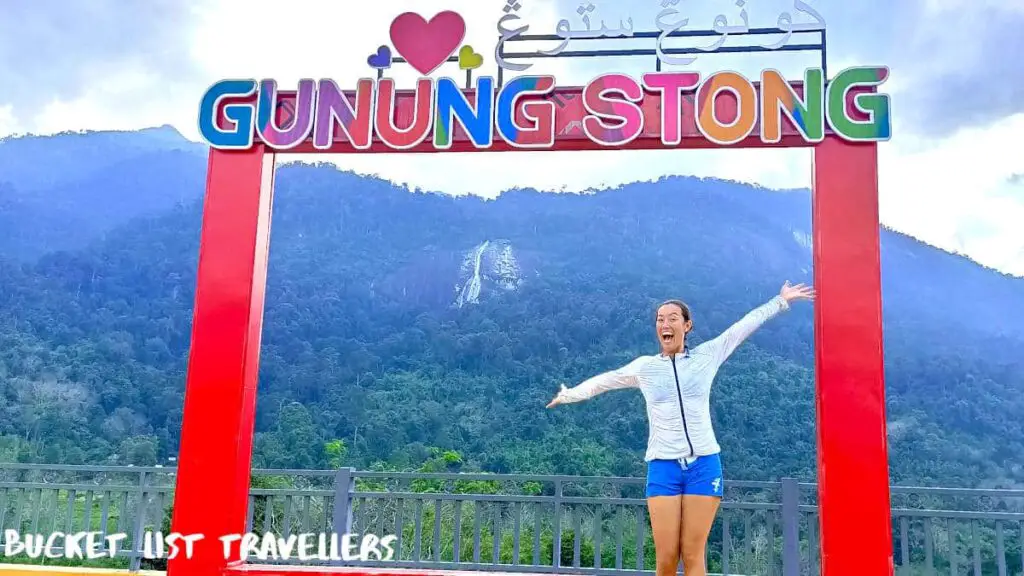
There are enough free activities in Dabong Malaysia to keep you entertained for a weekend:
- Kompleks Gua Ikan Dabong, Kelantan (also known as the Fish Cave Complex)
- Gunung Stong Waterfall View
Dabong destination guide: Paid activities in Dabong Malaysia
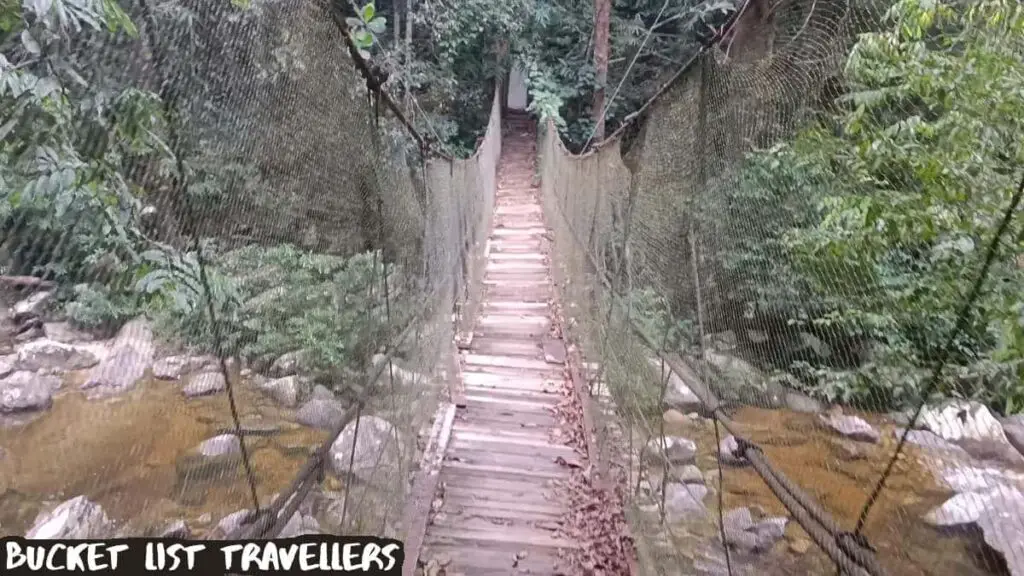
A number of attractions in Dabong Malaysia charge an entry fee:
- Gunung Stong State Park – entry fee is 2 ringgit for adults (as at 2022).
- Stong Hill Resort – hiking 30-50 ringgit for adults, zipline 30 ringgit for adults, tubing 70 ringgit for adults (as at 2022).
- Jelawang Waterfall (also known as Stong Waterfall) – entry fee is 2 ringgit for adults (as at 2022).
Weather in Dabong Malaysia
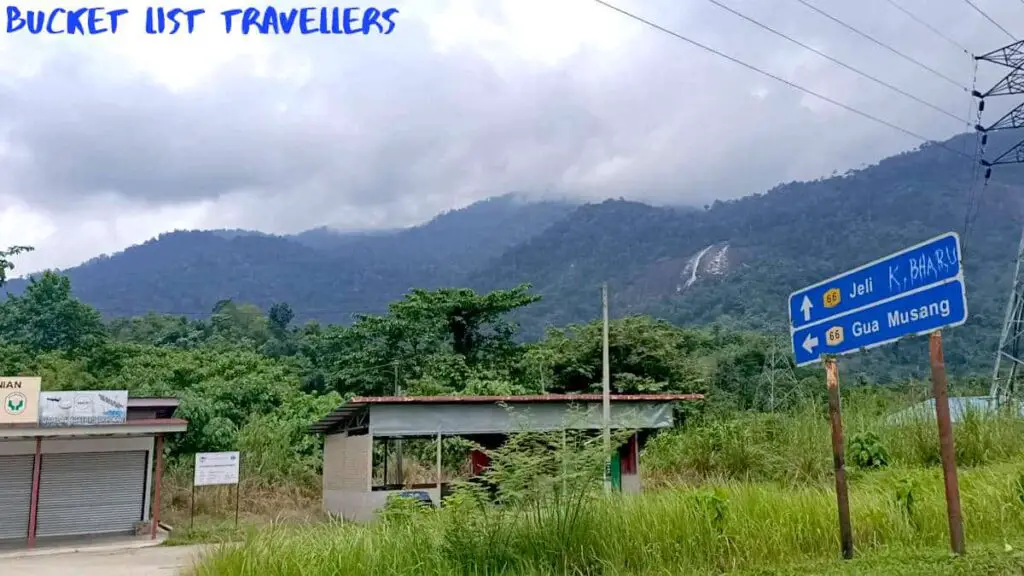
Dabong has a tropical climate with hot temperatures and high humidity throughout the year. May is the hottest month in Dabong with an average temperature range of 22°C to 33°C (72°F to 92°F), while January is the coldest month with an average temperature range of 20°C to 28°C (69°F to 82°F). There are two monsoon seasons in Malaysia which affect different parts of the country at different times. The Northeast Monsoon lasts from November to early March and is typically the rainiest monsoon season. Conversely, the Southwest Monsoon from June to September. Whilst Dabong is an inland town, it is still impacted by the Northeast Monsoon, particularly in November and December. The period of March through to June between Malaysia’s two monsoons is the hottest and also the most uncomfortable weather across the country.
Best time to visit Dabong Malaysia
The best time of year to visit Dabong is from late December to March when the weather is the most favourable. If you want to avoid the crowds, we recommend avoiding visiting Dabong during public holidays and weekends. Weekends in the state of Kelantan are Fridays and Saturdays.
Internet and mobile phones in Malaysia
Major internet and phone companies in Malaysia – Celcom, Digi, Hotlink (Maxis), U Mobile, UniFi Mobile, Tune Talk, Yes, XOX Mobile / ONEXOX, redONE, Yoodo, Telekom Malaysia and Time dotCom.
5G has been in Malaysia since December 2021. 2G will not be be switched off in Malaysia. 3G is was switched off in March 2022.
Malaysia is ranked 46th fastest in the world for mobile internet speeds and 38th fastest for fixed broadband. For Fixed Broadband the average download speed is 94mbps and upload is 51mbps (as at April 2023).
Cell phone SIM cards can be bought in a numbers of places throughout Malaysia. These include phone stores, in shopping malls, at bus stations as well as at airports. Some form of ID, such as a passport, is required in order to purchase a SIM card in Malaysia.
How much to budget for Dabong Malaysia?
Is Dabong Malaysia expensive?
Dabong Malaysia is a very affordable destination to visit. Food costs are on par with the rest of Malaysia. Additionally accommodation and activities are reasonably priced. Dabong is not a luxury destination, and there is no luxury accommodation available in the area.
Dabong destination guide: Daily spend for a couple travelling in Dabong Malaysia
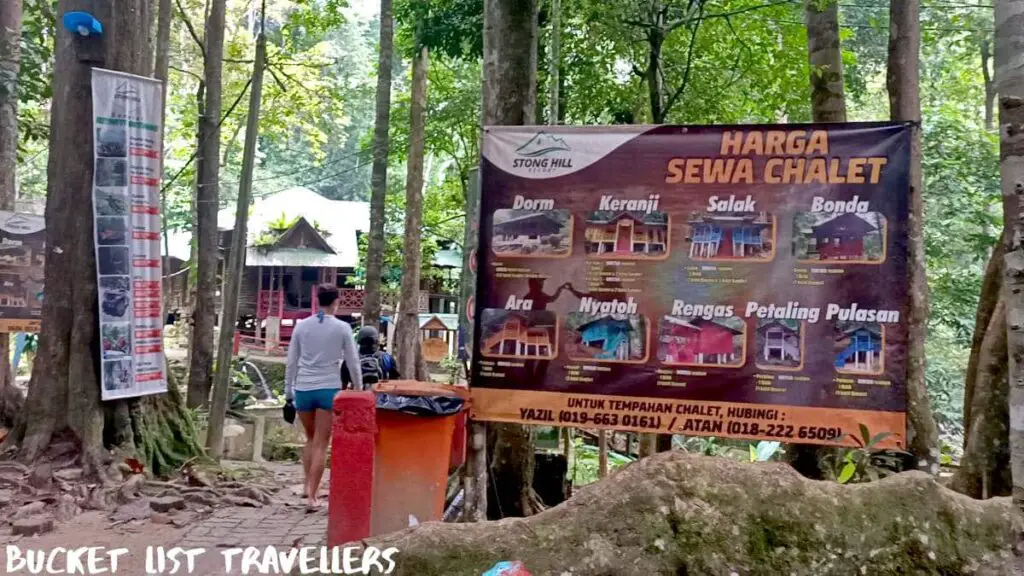
As a rough guide, we recommend the following budgets for a couple:
- Low-budget daily spend – 150 ringgit per day for a couple will get you hostel accommodation, meals from bakeries and markets, local transport and free or cheap activities such as visiting shopping centres and markets
- Mid-range daily spend – 300 ringgit per day for a couple will get you mid-range accommodation, local transport, restaurant meals and a few paid activities
- Luxury spend – Dabong is not a luxury destination
Dabong destination guide: Accommodation in Dabong Malaysia
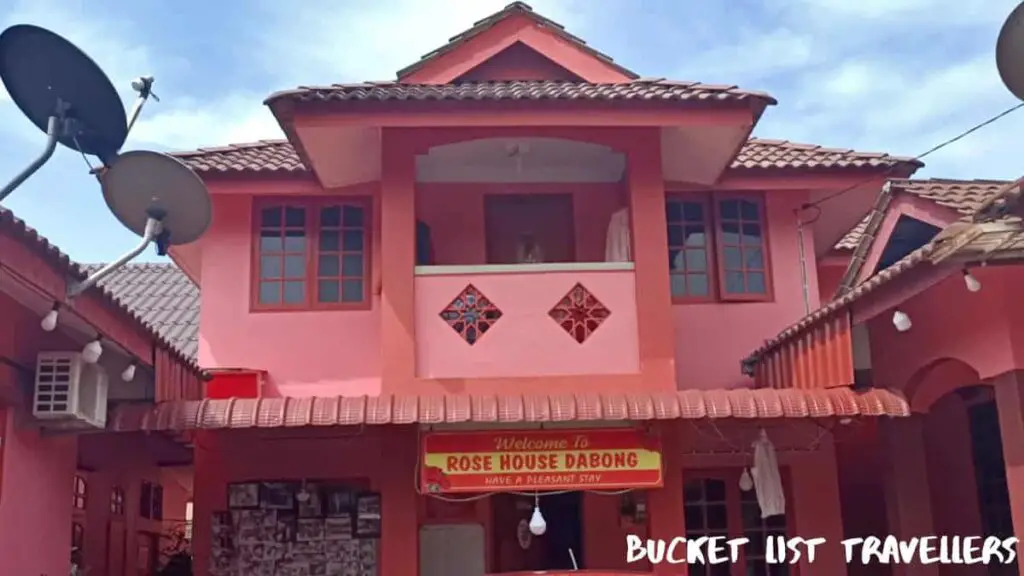
There is a limited amount of accommodation in Dabong Malaysia. As such, we recommend booking in advance. Airbnb operates in Malaysia, and there are a few Airbnb properties in Dabong. Wifi is not always a feature of Airbnb properties in Malaysia. Another thing to keep in mind with hotels in Malaysia is that smoking in hotel rooms is often permitted.
Where to stay in Dabong Malaysia
We recommend the following accommodation in Dabong Malaysia:
- Best accommodation in Dabong Malaysia – we highly recommend staying at Rose House Dabong. We stayed here for one night and had a very comfortable stay. Our hosts were lovely and we felt right at home. There aren’t many accommodation options in Dabong, so we recommend booking in advance.
How much is accommodation in Dabong Malaysia?
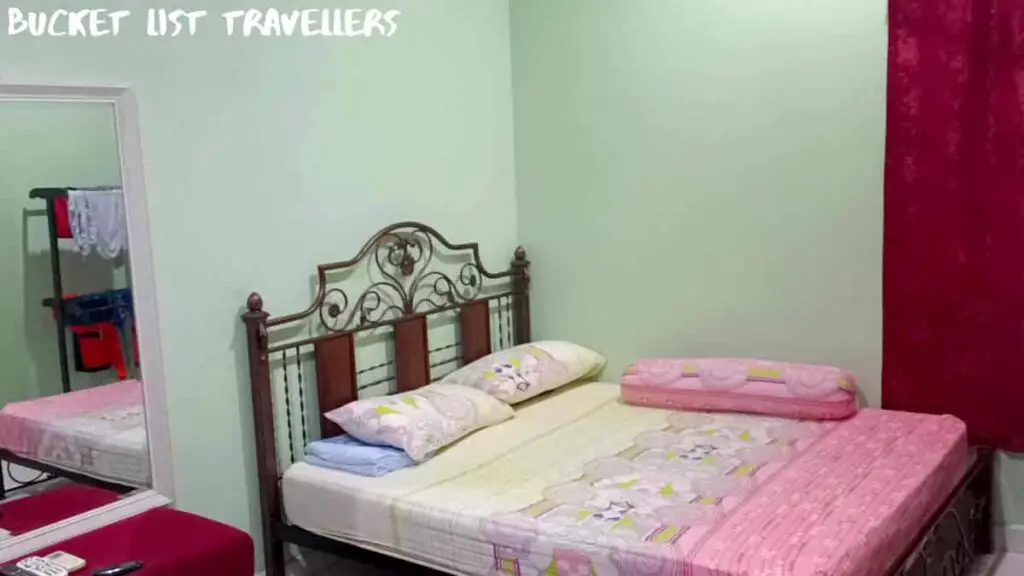
For short-term accommodation, a general price per night is as follows:
- Budget accommodation – 30 ringgit for a bed in a dorm.
- Mid-range accommodation – 90-160 ringgit for a private room.
- Luxury accommodation – there is no luxury accommodation in Dabong.
- Rental property – 200-1100 ringgit a night for a fully furnished 3-4 bedroom home.
Tourist tax on accommodation in Malaysia
From 1 January 2023 there is a tourist tax of 10 ringgit per accommodation per night in Malaysia. This tax is collected by the property. Permanent residents and Malaysian nationals are exempt from the tax. Furthermore the tourist tax does not apply to homestays and kampung stays registered with the Ministry of Tourism.
Dabong destination guide: Food in Dabong Malaysia
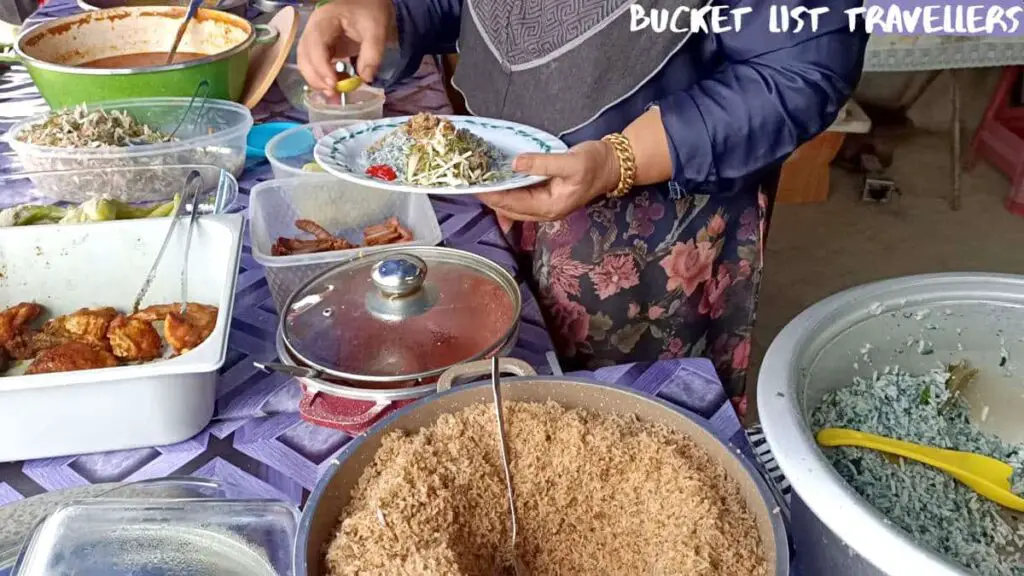
Dabong is a small town, so the food options available are fairly limited. There are a few cafes and eateries near the train station. Street food is also available mainly during the day in town as well as in a couple of areas close to Jelawang waterfall.
How much does food cost in Dabong Malaysia?

Our price guide for your food budget in Dabong Malaysia is as follows (prices as at 2022):
- Restaurant meal – 10-20 ringgit for a main dish
- Street food or hawker market food – 5-15 ringgit for a dish
- Ais kachang – 4-6 ringgit
- Coffee – 1.50-2.50 ringgit
Cheap Eats in Dabong Malaysia
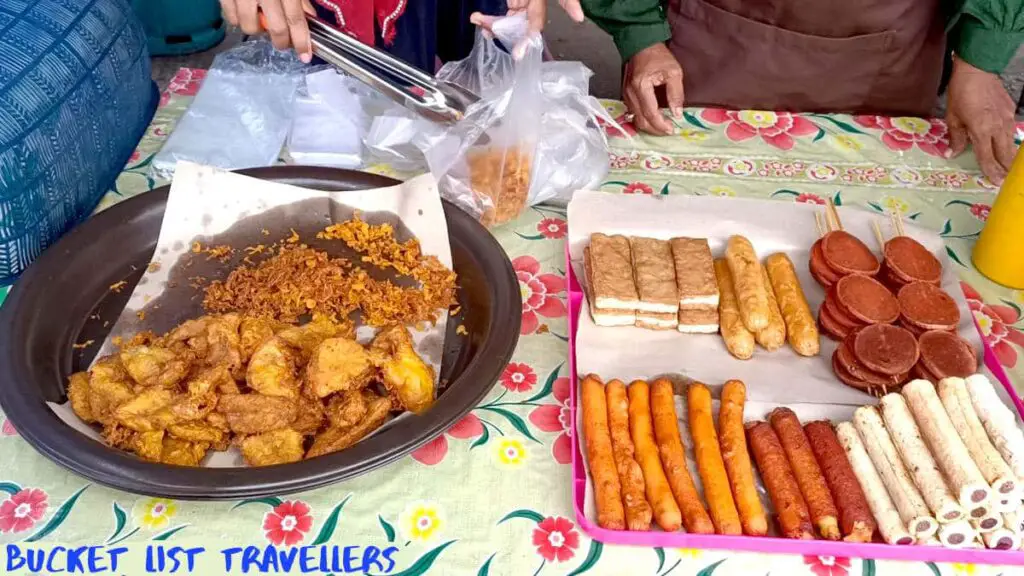
- Bakeries are a great place to get cheap and delicious food.
- Hawker centres in Malaysia are ubiquitous and have excellent budget friendly food. The variety of stalls available means that you have a good range of options to choose from.
- Night markets in Malaysia are another of our go to places for affordable and tasty food, however we didn’t find too many food options in Dabong at night, so we recommend having dinner reasonably early to ensure you find something to eat.
- Street food is also a very common cheap eat option in Malaysia.
Dabong Malaysia culture
Weekends in Kelantan Malaysia

Which days are weekdays and weekend days vary in Malaysia depending on the state you’re in. In the state of Kelantan weekdays are Sunday to Thursday and weekends are Friday and Saturday. Keep this in mind as weekends can affect prices and availability (particularly for accommodation). Additionally weekends may impact opening hours as well as how crowded attractions are.
Kelantan public holidays
Malaysia has one of the highest number of public holidays in the world. In total, there are between 18 and 20 public holidays observed in each state. This includes national holidays as well as state based holidays. Public holidays for the state of Kelantan are as follows:
- Chinese New Year’s Day – 1st day of 1st lunar month, in January or February
- Chinese New Year Holiday – 2nd day of 1st lunar month, in January or February
- Nuzul Al-Quran Day – 17th day of Ramadan
- Labour Day – 1 May
- Wesak Day (Buddha’s birthday) – May or June, date varies
- Hari Raya Aidilfitri – the last day of Ramadan, date varies
- Hari Raya Aidilfitri Holiday – day after the last day of Ramadan, date varies
- Yang di-Pertuan Agong’s Birthday (King’s Birthday) – 1st Monday in June
- Hari Raya Haji (Feast of the Sacrifice) – date varies
- Hari Raya Haji Holiday (Feast of the Sacrifice) – date varies
- Awal Muharram (Islamic New Year) – date varies
- Merdeka Day (National Day, Independence Day) – 31 August
- Malaysia Day – 16 September
- Maulidur Rasul (Prophet Muhammad’s Birthday) – 12th day of the 3rd month of the Islamic calendar
- Deepavali – date varies, October or November
- Sultan of Kelantan’s Birthday – 11 November
- Sultan of Kelantan’s Birthday Holiday – 12 November
- Christmas Day – 25 December
National symbols of Malaysia
- Malaysia flag – 14 alternating red and white stripes with a blue canton with a yellow crescent and 14 pointed star. The Malaysian flag is called the Stripes of Glory.
- Malaysia coat of arms – two tigers supporting a shield with a yellow crescent and a 14 pointed star on top and a yellow banner with words that translate to “Unity is strength” written in both romanised Malay and Jawi at the bottom.
- National flower – hibiscus
- National bird – rhinoceros hornbill
- Malaysia national animal – the Malayan tiger
Malaysia pastimes
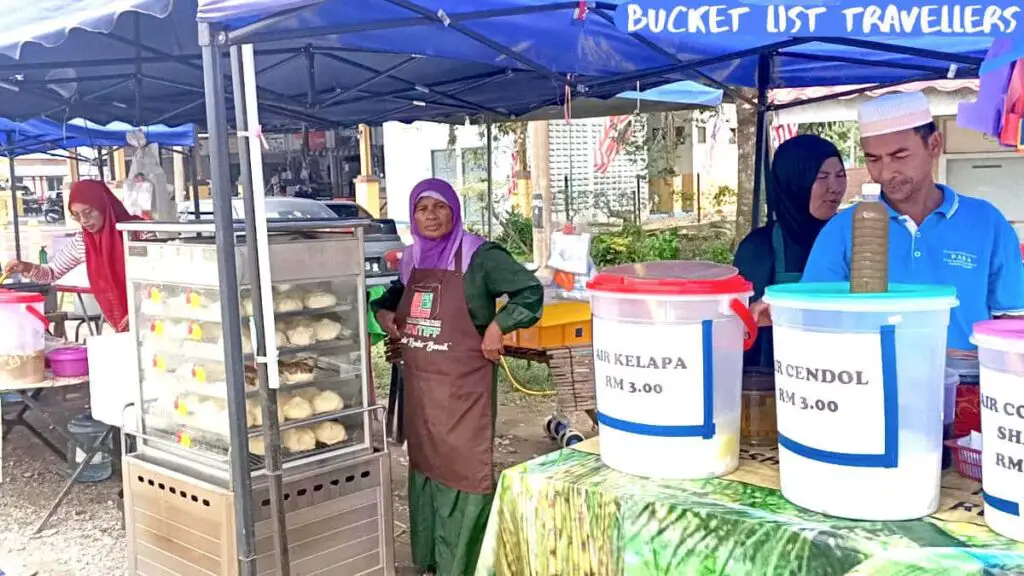
- National dish – nasi lemak
- Popular drinks – teh tarik, Ipoh white coffee, milo ais, sirup bandang
- National sport – sepak takraw
- Religion – 64% Islam, 19% Buddhist, 9% Christian, 6% Hindu (as at 2020)
Famous people from Kuala Krai District Malaysia
- Famous people born in Kuala Krai Malaysia – Vice-Chancellor Datuk Rafiah Salim, writer T. Wignesan, Queen Tengku Budriah, designer Zang Toi.
- Sports stars from Kuala Krai Malaysia – cyclist Loh Sea Keong.
Is Dabong Malaysia Safe?
Malaysia travel guide: Safety in Malaysia

We have spent around 4 months travelling extensively through Malaysia over two separate trips. In our experience the country is extremely safe. Malaysia ranks 18th safest country on the Global Peace Index (as at 2022). As with any country, there are good areas and bad areas. Watch out for pickpockets and bag snatching particularly at crowded tourist attractions. In particular, when eating out don’t leave your bag, phone or wallet on the table or next to you where someone can quickly grab it and run away. Instead keep your belongings physically attached to you at all times. Make sure no-one is watching whenever you are entering pin codes and never lose sight of your credit card when making a purchase.
General safety considerations in Malaysia
Other general safety considerations for travel in Malaysia:
- Drinking water – tap water in Malaysia is not generally safe to drink. Tap water is usually treated, but pipes may be old. Most locals boil their water or use a water filter. We recommend bringing a water purifier such as a Sawyer Mini Water Filter on your trip.
- Mosquitoes – mosquito borne illnesses are a significant risk in Malaysia, particularly dengue, Zika and chikungunya. Malaysia is in the pre-elimination phase of malaria. While malaria is a greater risk in Malaysian Borneo, there have also been cases on the Malaysian peninsula. Take precautions to avoid mosquito bites.
- Altitude sickness – Malaysia has areas of high altitude and therefore altitude sickness risk. If you visit high altitude areas in Malaysia, allow sufficient time to acclimatise. If you experience signs of altitude sickness, including headache, nausea or vomiting, dizziness, tiredness, loss of appetite or shortness of breath, get help immediately.
- Road safety – Road accidents are a significant risk in Malaysia. While road conditions are generally very good, traffic is often heavy. Furthermore drivers tend to speed up rather than slowing down for amber lights. Roads in Malaysia are also not typically built with pedestrians in mind.
- Water safety – take care when swimming as currents and waves may be stronger than you expect.
- Earthquakes – Malaysia experiences both regional and local earthquake activity. In an earthquake, stay away from glass, windows, outside doors and walls and anything that could fall. If inside, get under a table, desk or solid furniture and hang onto it. Cover your head and torso to protect from falling objects. If outside, stay outside and go to an open area away from buildings.
- Sun safety – Exposure to the sun can have adverse short-term and long-term effects on the skin, eyes and immune system. Sun protection such as sunscreen, a hat and sunglasses is very important to ensure you don’t get burnt.
- Dogs – rabies from rabid dog bites is a risk in Malaysia. For more on dog safety while travelling, check out this video.
As with any destination, take all of your normal safety precautions.
Malaysia Blogs
You can find our Malaysia travel blogs below.
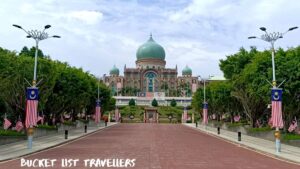
Putrajaya Destination Guide: Everything You Need to Know (2024)

Cyberjaya Destination Guide: Everything You Need to Know (2024)

Kuala Lumpur Destination Guide: Everything You Need to Know (2024)

Raub Destination Guide: Everything You Need to Know (2024)
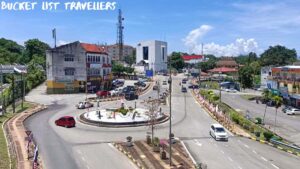
Kuala Lipis Destination Guide: Everything You Need to Know (2024)
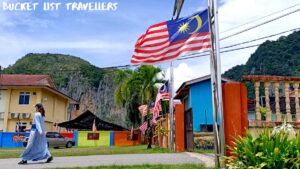
Gua Musang Destination Guide (2024): What You Need to Know
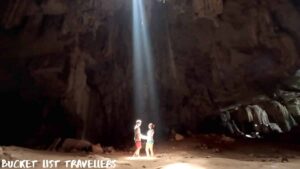
Dabong Destination Guide (2024): What You Need to Know
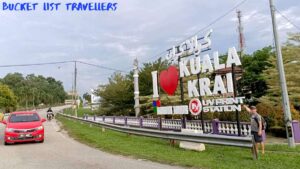
Kuala Krai Destination Guide (2024): What You Need to Know
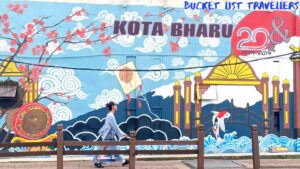
Kota Bharu Destination Guide (2024): What You Need to Know
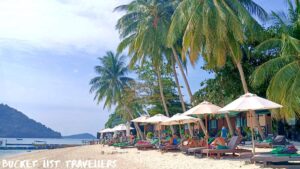
Perhentian Islands Destination Guide (2024): What You Need to Know

Kuala Besut Destination Guide (2024): What You Need to Know
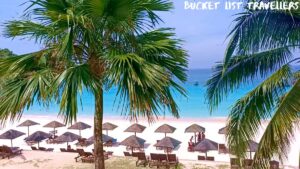
Redang Island Destination Guide (2024): What You Need to Know
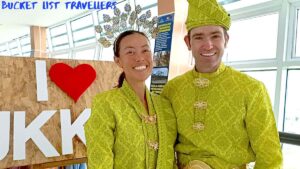
Kuala Terengganu Destination Guide (2024): What You Need to Know
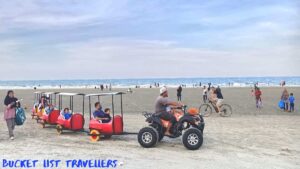
Kuantan Destination Guide (2024): What You Need to Know
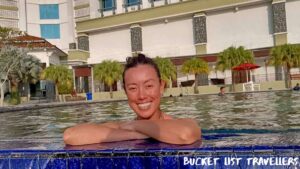
Pekan Destination Guide (2024): What You Need to Know
Affiliate Links
This website contains affiliate links, which means we may earn a commission on any purchases at no additional cost to you. Your support helps us continue our travels and make more travel blogs and travel videos, thank you!
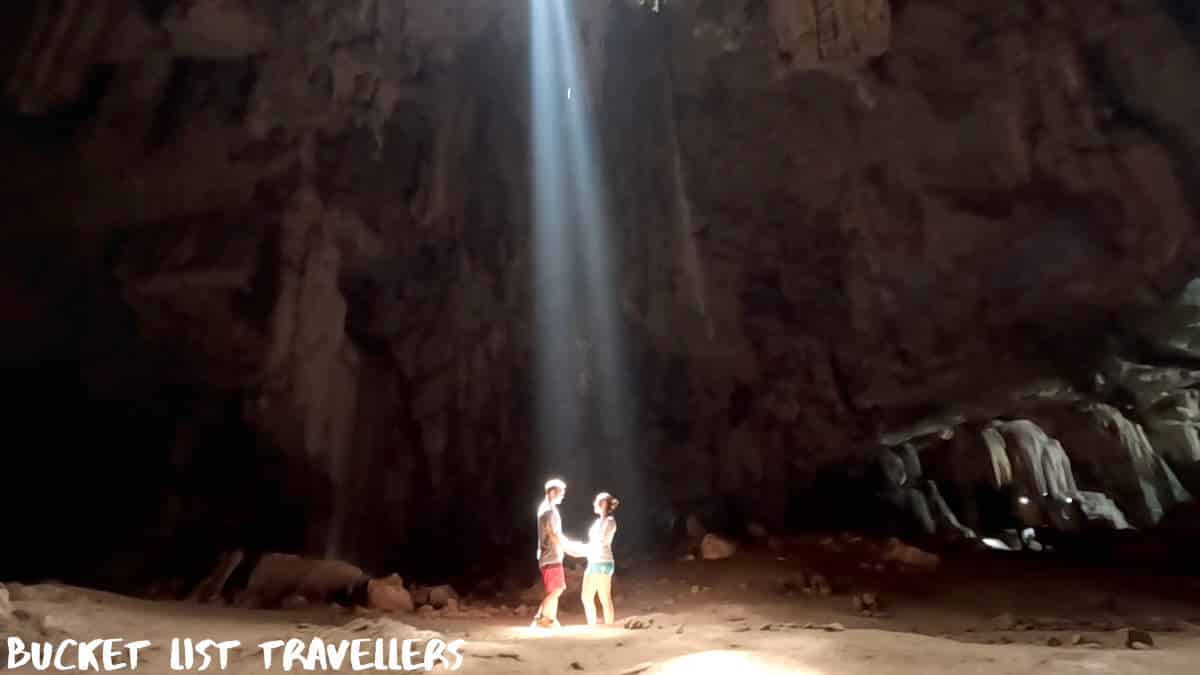
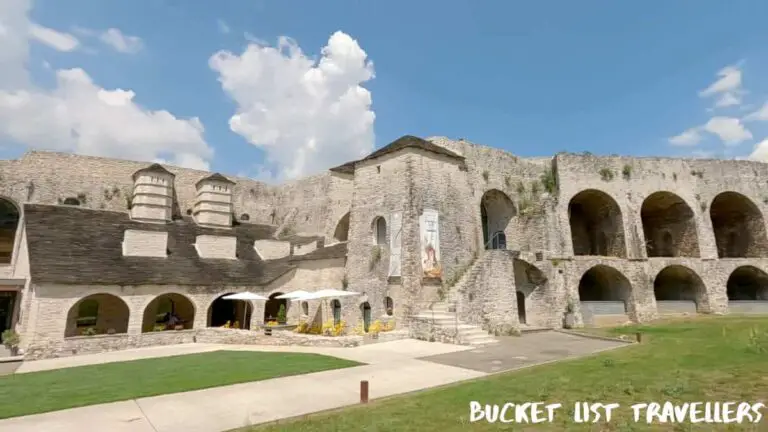
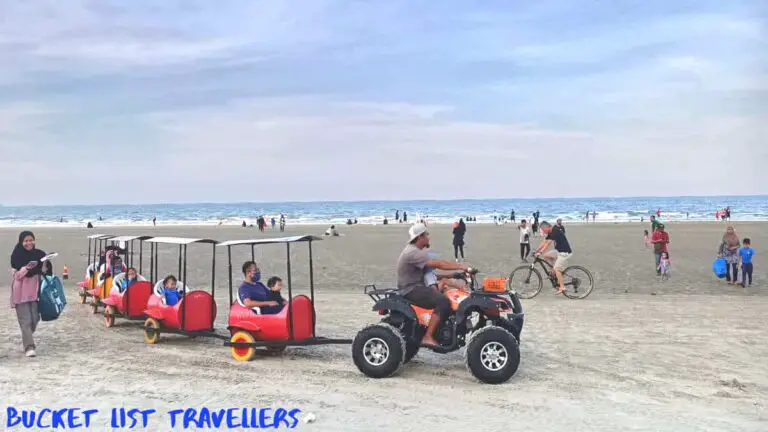
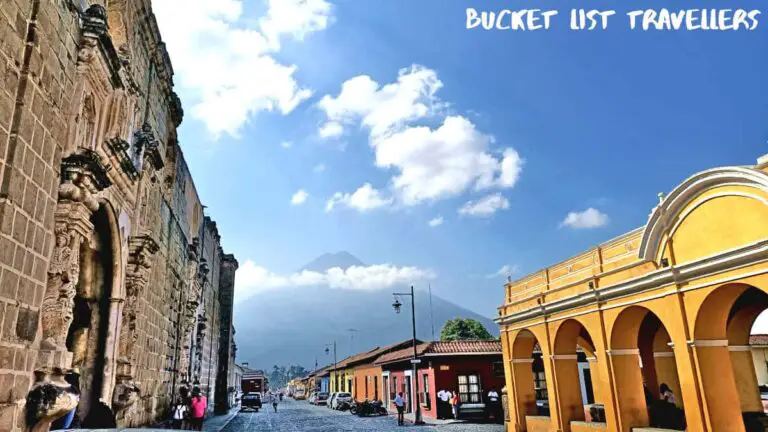
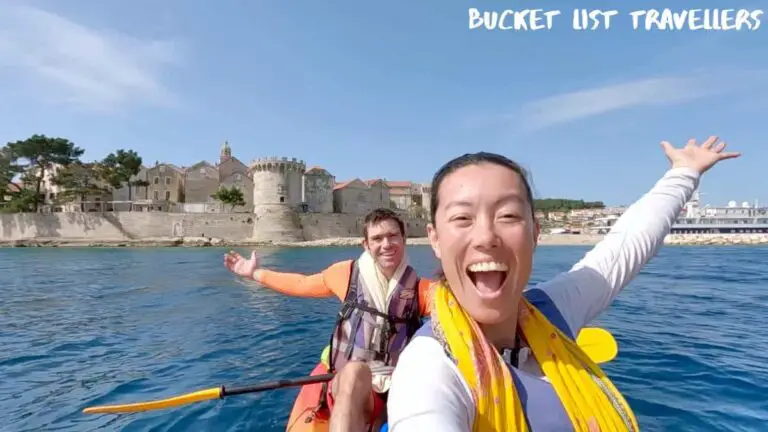
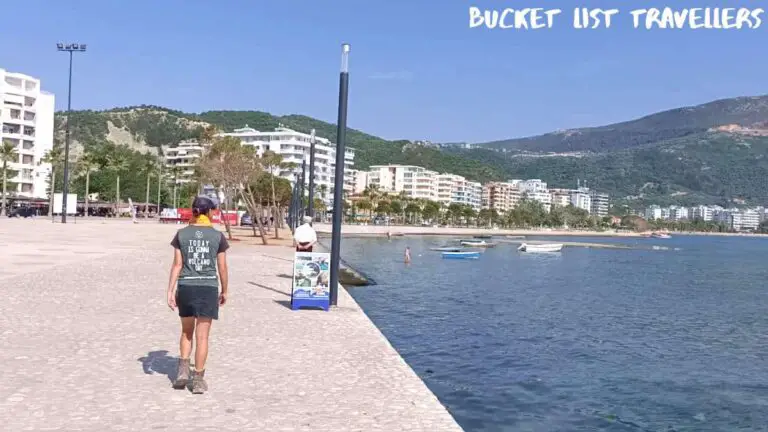
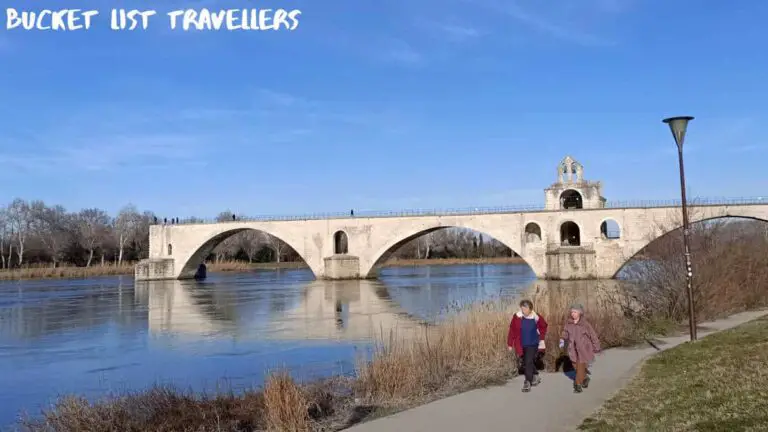
Hi, can i rent motorcycle or scooter in Dabong? Thank you
Hi Duncan,
yes you can rent a motorcycle or scooter in Dabong. It’s 80 ringgit a day. if you want to organise one, you can contact Mat on +60 19 386 7357. He’s the guide we used when we were in Dabong.
I love your blogs, thank you for the info.
Thanks Karen! Glad we could be of help